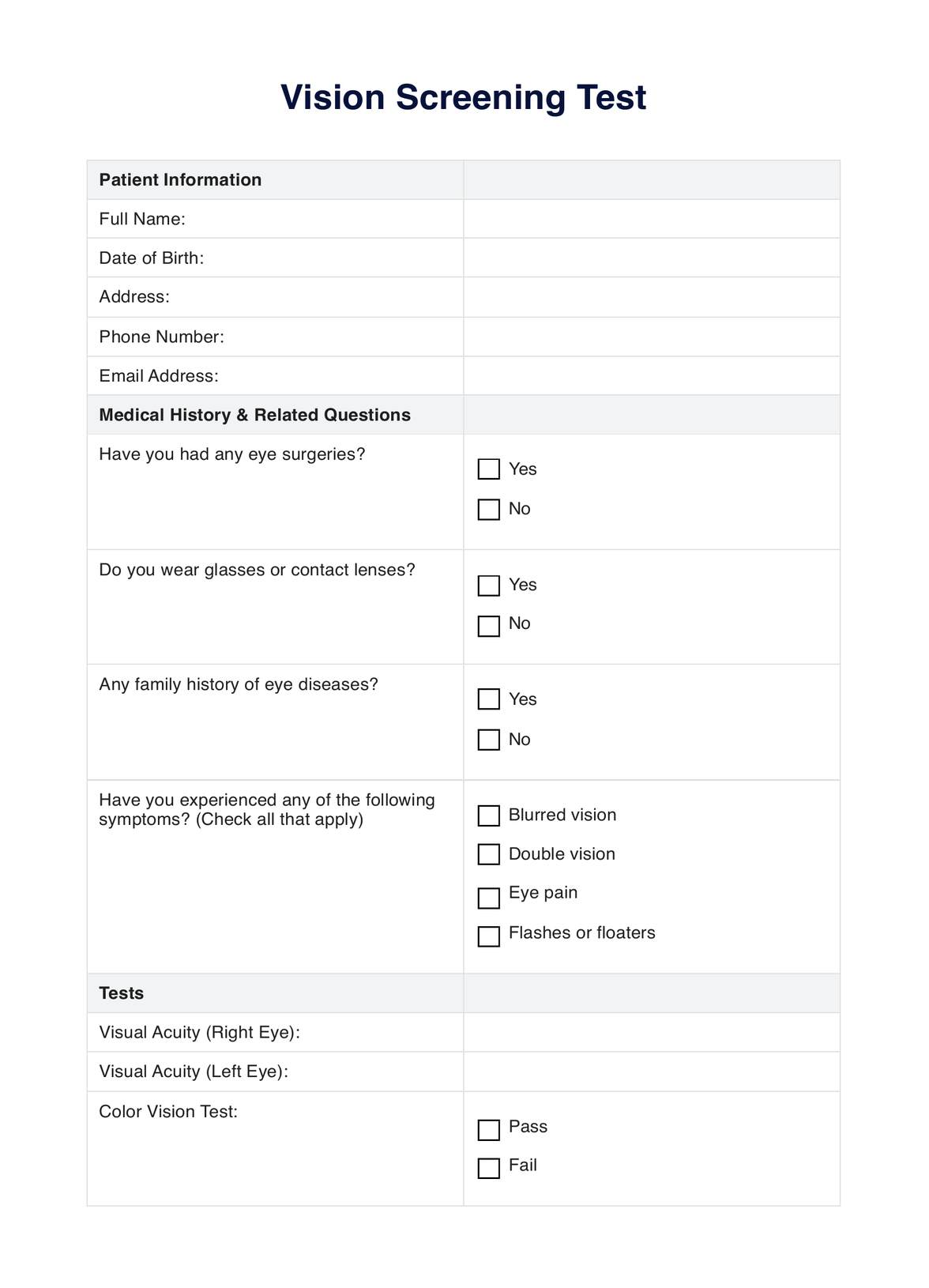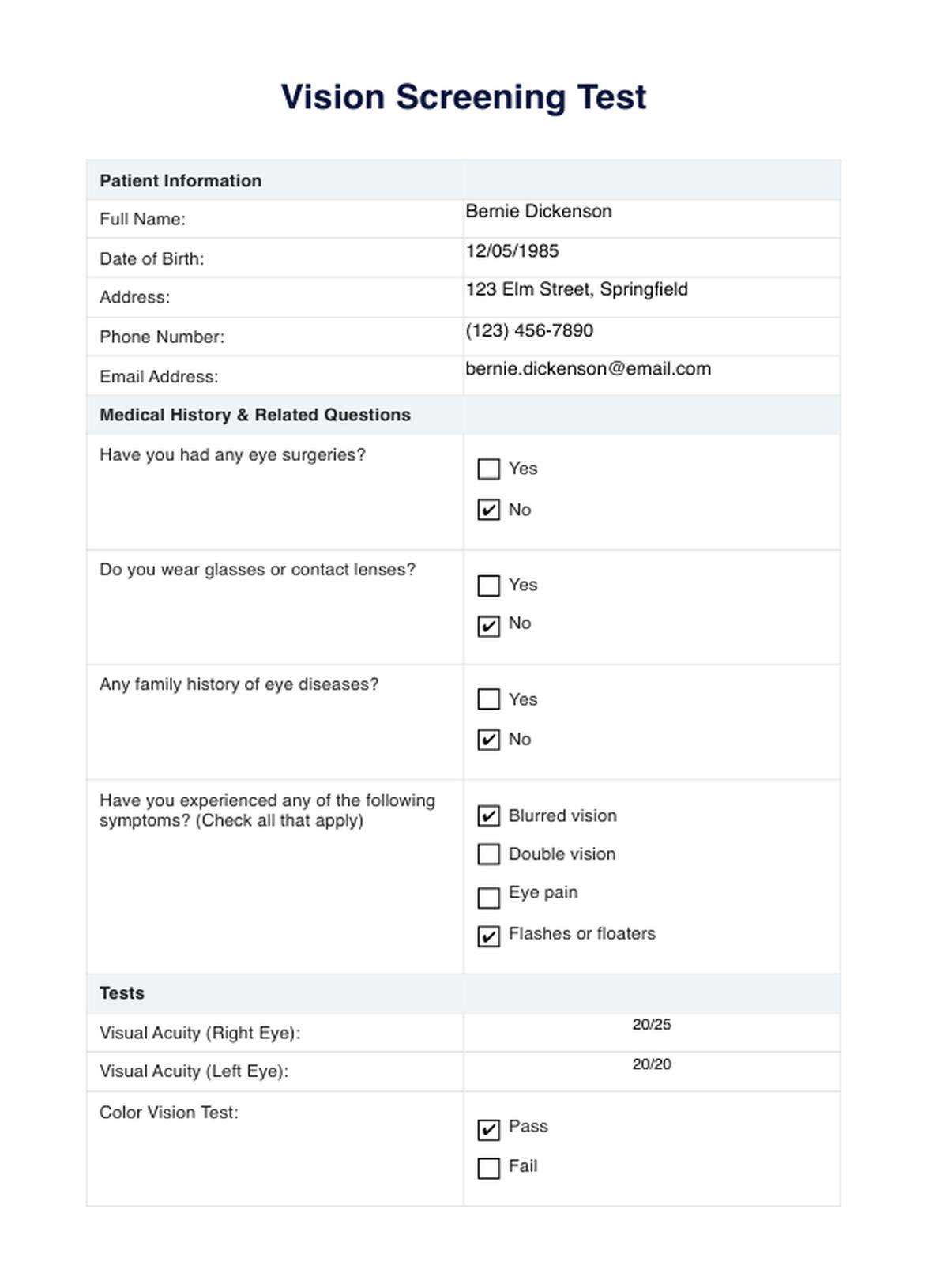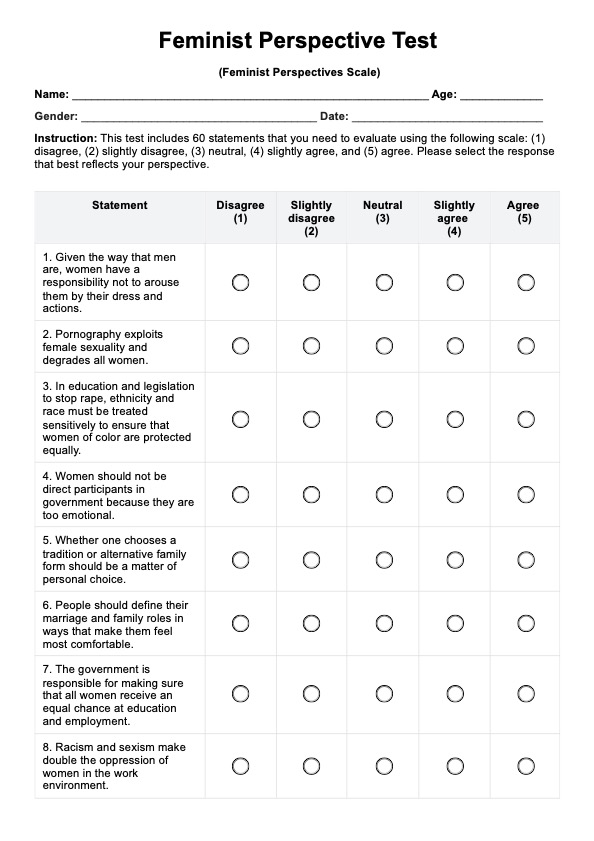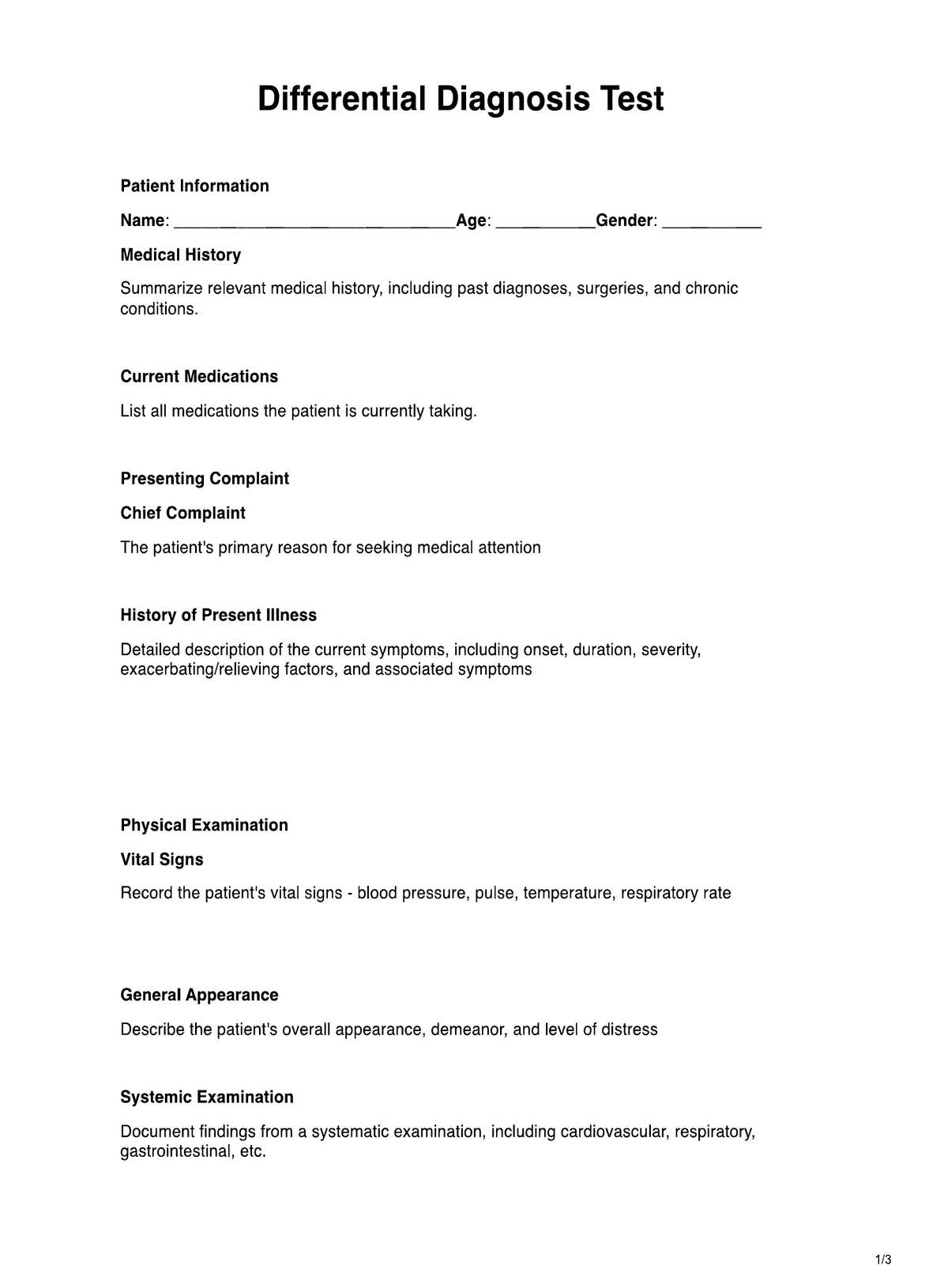Vision Screening
Discover the benefits of using Carepatron for vision screening. Seamless patient-doctor communication, remote consultations, and top-notch security. Dive in now!


What Is A Vision Screening Test?
Vision is one of our most treasured senses. It allows us to perceive the world, connect with loved ones, and easily perform daily tasks. But, like any other aspect of our health, our eyesight requires regular check-ups. Enter the Vision Screening Test.
A Vision Screening Test is a preliminary step in the eye care process. It's not an exhaustive examination but rather a quick, efficient way to identify potential vision problems or eye conditions. Think of it as a triage for your eyes. If issues are detected, a more comprehensive eye exam is recommended.
Healthcare professionals use this test as a frontline tool, especially in schools or community health drives. It's designed to catch vision issues early on, particularly in children, ensuring timely intervention. After all, a clear vision is crucial for learning, development, and overall quality of life.
The Vision Screening Test is a guardian of sight, a first line of defense against vision problems. And with the increasing screen time in our digital age, regular screenings have never been more essential.
Vision Screening Template
Vision Screening Example
How To Use the Vision Screening Test
Vision screening is a crucial step in ensuring optimal eye health. However, it's essential to administer the test correctly to get the most accurate results. Here's a step-by-step guide for healthcare professionals:
Prepare the Patient
Before starting, ensure the patient is comfortable. Explain the process to them, emphasizing that it's quick and painless. If they wear glasses or contact lenses, ask them to wear them during the test.
Review Medical History
Go through the medical history section with the patient. This will give you insights into previous eye surgeries, family history of eye diseases, and other relevant information.
Conduct the Tests
- Visual Acuity Test: Use a standard Snellen chart. Ask the patient to read the letters from a distance, with one eye covered and then the other.
- Color Vision Test: Use color plates or cards and ask the patient to identify numbers or patterns.
- Depth Perception Test: Use a stereopsis test, asking the patient to identify 3D images on a 2D plane.
Document Findings
Record the results in the 'Findings' section. Be sure to note any abnormalities or concerns.
Interpret the Results
Based on the findings, provide an interpretation. If any issues are detected, recommend a comprehensive eye exam.
The Vision Screening Test is a valuable tool in preventive eye care. Administered correctly, it can detect potential issues early, ensuring timely intervention and treatment.
When Would You Use This Form?
Vision is critical to our overall health, and regular screenings are essential to detect potential issues early on. The Vision Screening Test form is a versatile tool designed for various scenarios. Here are some instances when this form would be most appropriate:
- Routine Check-ups: For patients coming in for their annual health review, this form can be a part of the standard procedure to ensure their vision remains optimal.
- School Screenings: Many educational institutions mandate student vision screenings, especially during admission. This form can be a quick way to assess many students efficiently.
- Driver's License Renewals: Some regions require vision tests before renewing driver's licenses. This form can certify that an individual meets the necessary vision standards.
- Job Requirements: Certain professions, like pilots or heavy machinery operators, demand good vision. This form can be used during job screenings to ensure candidates meet the vision criteria.
- Post-Eye Surgery: This form can be used for follow-up checks to monitor recovery and assess vision post-surgery for patients undergoing eye surgeries.
The Vision Screening Test form is a comprehensive tool suitable for various scenarios, ensuring that vision health is never compromised.
What do the Results Mean?
Interpreting the results of the Vision Screening Test is crucial to determine the next steps in eye care. Here's a brief overview:
- Normal Visual Acuity (20/20): This indicates optimal vision. The patient can see clearly at 20 feet what should normally be seen at that distance.
- Reduced Visual Acuity (e.g., 20/40): This suggests that the patient can see at 20 feet what a person with normal vision can see at 40 feet. It may indicate the need for corrective lenses or other interventions.
- Failed Color Vision Test: This could indicate color blindness or other color vision deficiencies. Further tests might be required to determine the type and severity.
- Failed Depth Perception Test: This suggests potential issues with perceiving distances. It could be due to various reasons, including amblyopia or strabismus.
The results of the Vision Screening Test provide a snapshot of a patient's eye health. Any deviations from the norm should be addressed with a comprehensive eye exam to determine the root cause and appropriate treatment.
For a wealth of resources to improve your practice and enhance client satisfaction, take a look at the cold pressor test template and prescription template.
Research & Evidence
Vision screening tests, especially for children, have been a topic of significant research and discussion in the medical community. The primary objective of these tests is to identify vision abnormalities early on, which can lead to conditions like amblyopia, commonly known as "lazy eye."
Amblyopia is a change in the visual neural pathway in a child's developing brain, which can result in permanent vision loss in the affected eye. Among children younger than six years, between 1% and 6% have amblyopia or its risk factors, such as strabismus, anisometropia, or both (Grossman et al., 2017). Early identification and intervention can prevent the development of amblyopia and its associated complications.
Another study emphasized the importance of vision screening in older adults, especially those who drive (Desapriya et al., 2014). Older adults are more likely to be involved in road traffic crashes, possibly due to the "low mileage bias." This bias suggests that older drivers with low annual driving distances have an increased crash risk, while those with average or high driving distances are safer than other age groups.
Furthermore, the significance of vision screening extends beyond just identifying vision abnormalities. Chronic kidney disease (CKD), a severe public health problem, has been linked to vision problems. A study from Taichung City highlighted the importance of early detection and intervention in CKD, which requires comprehensive screening, including vision tests (Lin et al., 2009).
In recent years, the cold pressor test has expanded its role in assessing various physiological responses, including vision changes under stress (Lamotte et al., 2021).
References
- Desapriya, E., Harjee, R., Brubacher, J., Chan, H., Hewapathirane, D. S., Subzwari, S., & Pike, I. (2014). Vision screening of older drivers for preventing road traffic injuries and fatalities. Cochrane Database of Systematic Reviews, (2).
- Grossman, D., Curry, S., Owens, D., Barry, M., Davidson, K., Doubeni, C. A., ... & Tseng, C. W. (2017). Vision Screening in Children Aged 6 Months to 5 Years: US Preventive Services Task Force Recommendation Statement. JAMA, 318(9), 836-844.
- Lamotte, G., Boes, C., Low, P., & Coon, E. (2021). The expanding role of the cold pressor test: a brief history. Clinical Autonomic Research, 1-6.
- Lin, D., Li, Y. H., Pai, J. Y., Sheu, I. C., Glen, R., Chou, M., & Lee, C. Y. (2009). Chronic kidney-disease screening service quality: questionnaire survey research evidence from Taichung city. BMC health services research, 9(1), 1-11.
Commonly asked questions
Carepatron offers an integrated online patient portal and telehealth platform, ensuring a seamless experience for patients and healthcare professionals.
With Carepatron's telehealth platform, you can conduct virtual consultations and screenings, ensuring that patients receive timely care regardless of location.
Absolutely. Carepatron prioritizes patient data security and adheres to all industry standards to ensure all information is stored securely and confidentially.














































































































